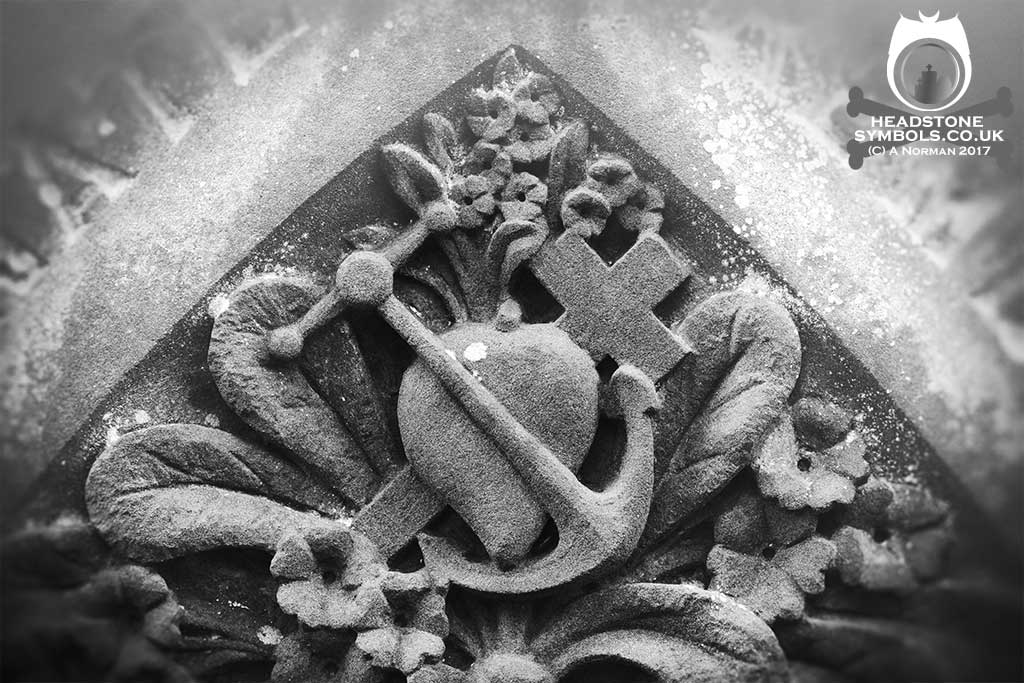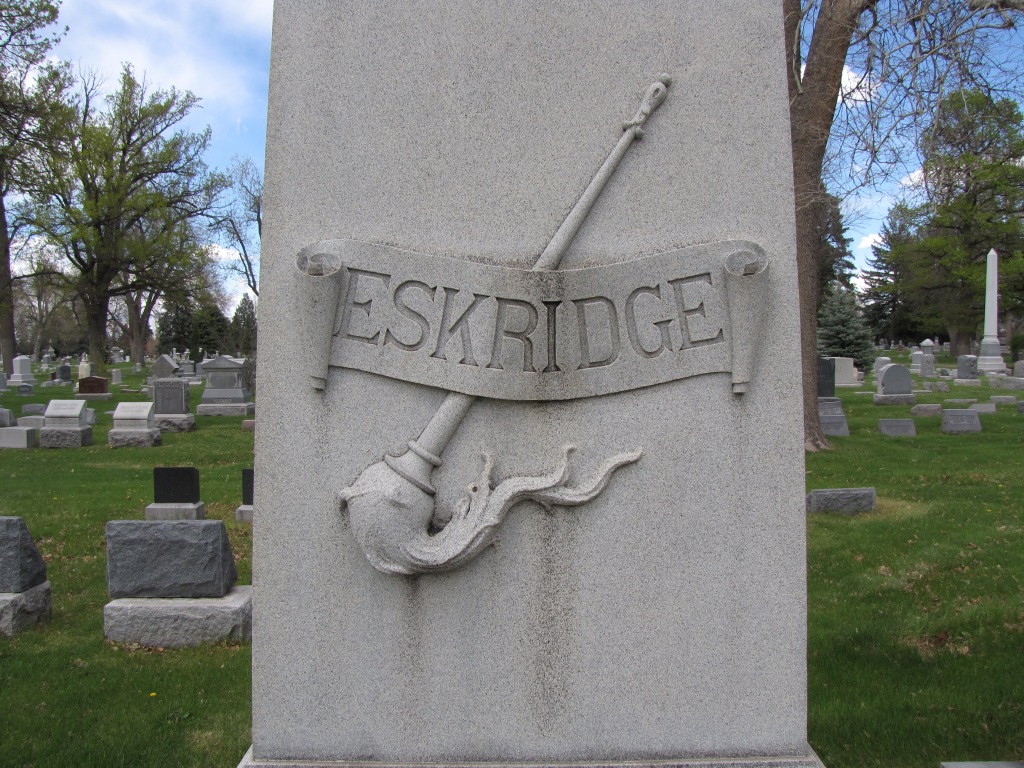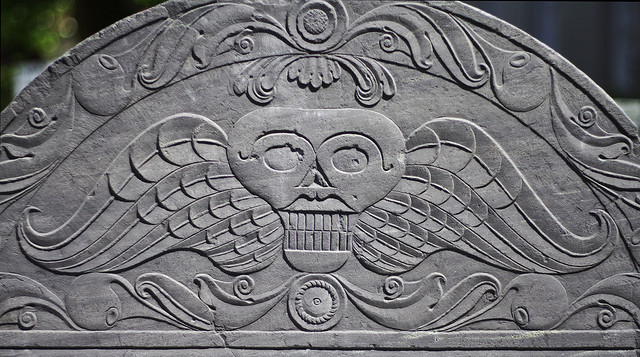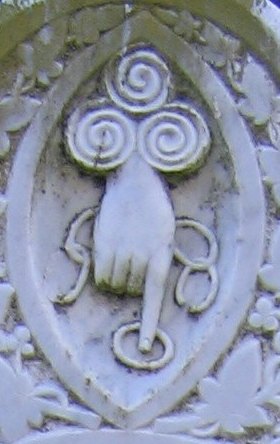
A walk through the cemetery can be a spooky but beautiful experience. Aside from the names and dates on the gravestone, there are often symbols and icons that decorate the markers.
These carvings were popularized by the Victorians who loved to find meaning in the most miniscule detail. Many of the symbols are more than pure decoration.

The anchor was regarded in ancient times as a symbol of safety. It was adopted by Christians as a symbol of hope. It is often included on gravestones to show the anchoring influence of Christ. It also serves as a symbol for seaman or used as a tribute to St. Nicholas. An anchor with a broken chain symbolizes the end of life.

A book found on a tombstone can represent a few things. Most often it symbolizes the Book of Life or the Bible. A book is also often used to depict learning, a scholar or someone who worked as writer. Books and scrolls also represent Evangelists.

A column in a cemetery represents a complete and full life. Alternatively, a broken column indicates a life cut short or an unexpected death. It acts as a memorial to the death of someone who died young.
Hands on gravestones represents the deceased’s relationship with others and God. Hands tend to be doing one of four things: blessing, clasping, pointing, or praying. A hand with a index finger pointing can symbolize a couple different things depending on the direction of the finger. A hand pointed upward symbolizes the hope of heaven, while a hand pointing down represents God reaching for the soul.

Ivy on a tombstone is said to represent friendship, fidelity, and immortality. The green leaves denotes immortality and rebirth – due to the hardiness of the actual plant. Alternatively, oak leaves signify strength, honor and steadfastness. Olive branches symbolize peace and that the soul has departed. This association can trace back to Greek mythology where the goddess Athena gave an olive tree to Athens. The olive tree is known to represent longevity, fertility, fruitfulness, and prosperity.

The lion serves as a guardian, protecting the tomb from unwanted visitors and evil spirits. It symbolizes courage and bravery. Lions can often be found sitting on top of vaults and tombs.

A lit torch represents immortality and everlasting life. The inverted torch is more commonly used in graveyard art. An inverted torch represents death or the passing of the soul into the next life. The torch generally will bear the flame to symbolize life in the next realm.

In its generic form, the wheel represents the cycle of life or the wheel of time. It could also symbolize a wheelwright. Specific types of wheels may be found including the eight-spoked Buddhist wheel of righteousness and the circular wheel of the Church of World Messianity.

The winged death head most often means a person’s journey is not over. They have shed their physical form and are moving on to the next realm. In the United States, the death’s head was initially a non-religious symbol used to denote a corpse.
Next time you are visiting a graveyard, perhaps you may learn a bit more about what was important to the people you pass with what is etched on their gravestones.
Sources:
https://www.thoughtco.com/photo-gallery-of-cemetery-symbolism-4123061

